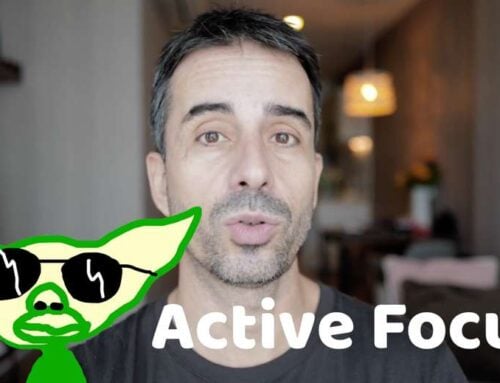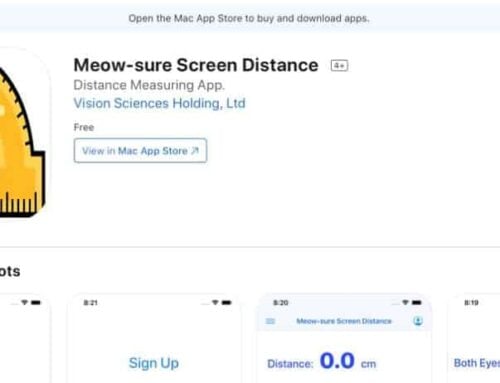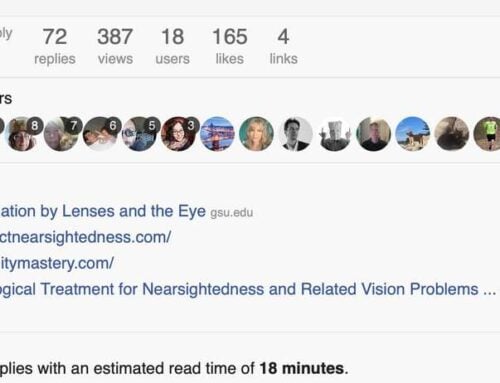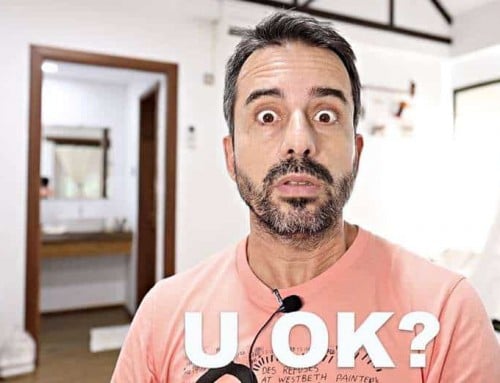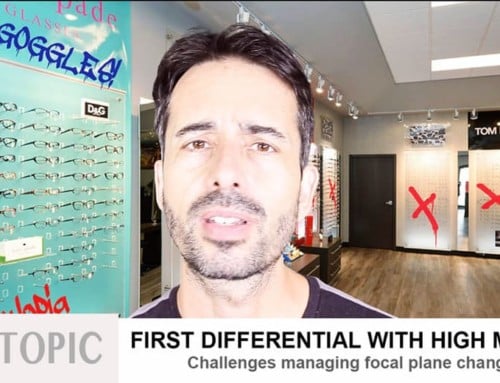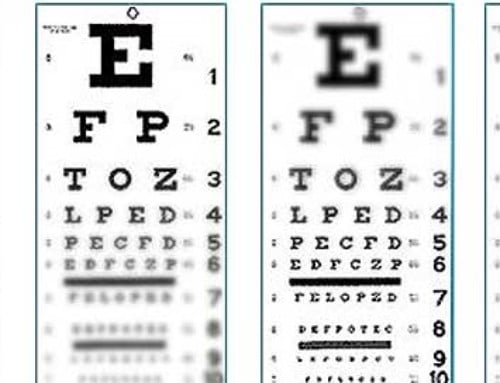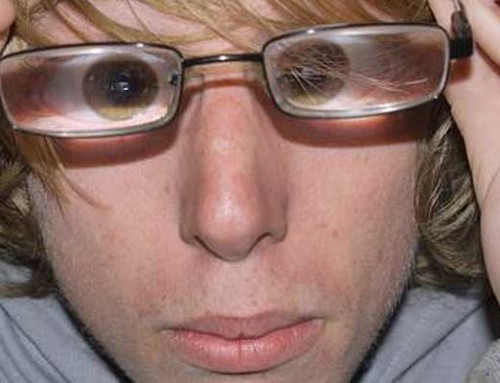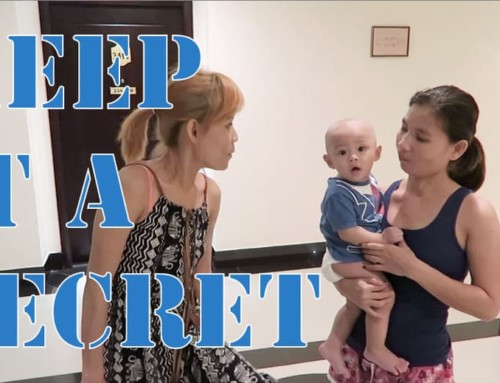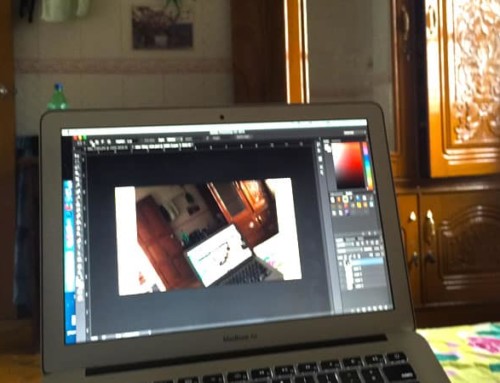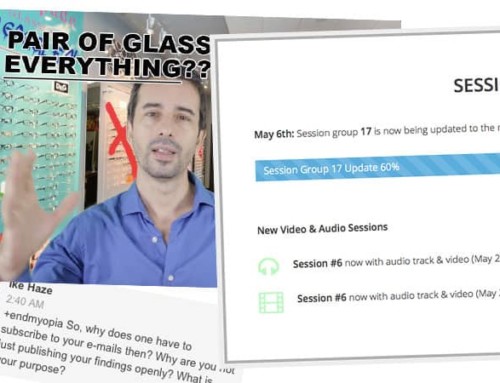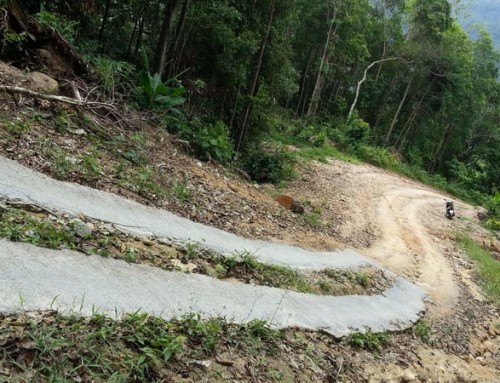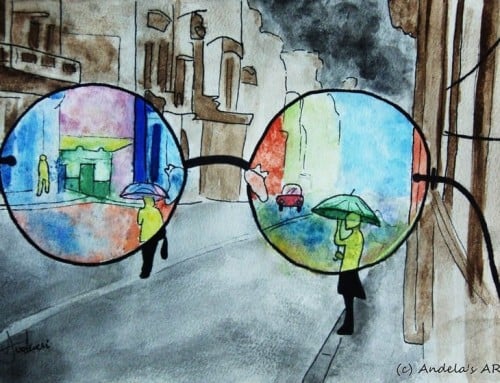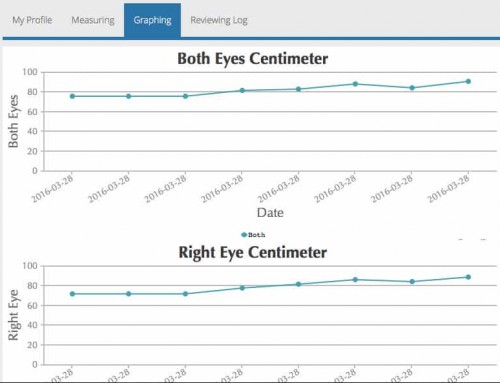Yesterday we talked about one of my favorite kinds of students: The scientist who has tried all pseudo, bro science vision improvement things before, and now is giving endmyopia a shot.
Today let’s look at another kind of student. I can’t say “favorite” here, since it’s a bit of a nail-biter scenario. This is the kind of student who is willing to give the endmyopia way a try, but is feeling rather quite skeptical. There’s no definite way to predict outcome here. Will the person stick around long enough, and do the sessions seriously, and make it to irrefutable improvement and progress?
Here’s Maximilian, in the forum:
I’ve been at it for about 1.5 months now.
Measuring my distance vision time sucks. I’m getting up before the sun rises and I come back after or shortly before it’s set. I look out of the window during lunch. That’s maybe 30 minutes a day.
Yesterday I looked at a parked car with some letters written on it and after a bit of fighting I got it to be clear. It comes and goes.My cm don’t change a whole lot. Still between 16.5 and 17 cm each eye. What do you make of that?
I must say I’ve been quite hopeful about this process, trying to implement it all. And I’ve been looking forward to my new normalized contacts. I just wish things would go a bit faster because the sceptic in me still isn’t convinced.
I generally don’t say much in these kinds of situations. Best thing is to wait it out and see how they get on, the skeptics.
Thats me. But some of the other students feel otherwise, and add their own perspectives and encouragements to the conversation in Maximilian’s thread.
Here’s Steve:
You and me (and everyone else) wish the same thing!
The lucky ones that have very quick improvements in this program typically have massive over-prescriptions and have more ciliary strain than axial elongation. It sounds like you are part of the majority group, which will average around 1 diopter per year.
It took me 3 months to register my first .25D change through my optometrist.
It’s a long road, but if you stay the course you will notice steady improvement, with maybe an occasional bump or two (plateau). Improvements happen more quickly when you can get outside and really use distance active focus for maximum stimulus.
Winter is definitely a tough time to start this program though. I started in the middle of winter too and there was some definite skepticism happening in the first few months!
Maximilian wrote:My cm don’t change a whole lot. Still between 16.5 and 17 cm each eye. What do you make of that?
This is also fairly typical, especially with us high myopes. It’s hard to measure for us because there is very little difference between say -6D and -6.5D in way of blur distance. We’re talking less than 1cm. Measuring .25D improvements is next to impossible above -4D.
And Matthew:
Good points from Steve. Remember the big picture – we have to do three major things:
1. Reduce strain
2. Get positive stimulus
3. Use prescriptions to rehabilitate visionIn the Winter, it’s just tough to get much positive stimulus, which leads to increased strain. That’s not always the answer we want to hear, but it’s just one of the obstacles to deal with. Also, vision improvement is not linear. You could go through months and not see any change (which an issue in winter, again) and then drop a half or even a whole diopter without much effort.
At a month and a half in, you don’t know where you are yet in terms of how you’ll respond to stimulus. You may yet see very rapid progress. Even if you don’t, and you really have to work for it, you’re still doing the right things to stop the progression of myopia, and that’s important, too.
Stay with it, especially into spring!
And Ingrid:
Maximilian.
Definitely don’t loose hope. If you have a normal axial myopia, I am congratulating you…. Sure, this will take time, but you will fix it.
(Just do use the forum when you get tired/discouraged/confused/ stuck!)
When I say I congratulate you to your Axial myopia, believe me I mean it, because a very high ciliary spasm indeed isn’t an easy route, either. ?
I’m one of those cases, and well, sure, my snellen did improve in a surprising pace when I came here …. though after a while it turned out that there were other issues behind (eye teaming!) and all my closeup are STILL a mess.
Won’t even start to picture it, it’s really not relevant in this forum, but believe me this is a hell. Everything closer than about 3 meters turns into a moving, fluctuating, multiple image. ( yes, I am into a local treatment for this, parallel to this program).
No, my point is that we all have to use tons of patience, obviously, whatever the problem is, to get our normal vision back… ? Oh.
Soo much has been destroyed to all of us by the wrong treatments, over time.
I get so sad/angry really, sometimes. It’s such an awfully unnecessary suffering!!
But, also – on the other hand – I think it really creates something super PROUD (sorry, can’t find the exact word in English), too – this now (anyway) being able to slowly take (back!) control of ones vision. Over time, surely, along all this long-term work, though it really gives a great experience of achieving something totally invaluable!Do give yourself at least half a year with all this, to make sure you get into your first (nice) sense of doubtless good pattern of improving. So your brain gets better tools while discussing with the scepticism ? It’s just worth it.
And James P.:
30 minutes a day of outdoor vision is not ideal, but I have been there for a lot of this winter too. I found things got a lot better and I started noticing progress again once I made sure my ambient light at the computer at home was better.
Considering that the active participation rate in the forum is quite small relative to the amount of students in the program, that’s a lot of inspiring feedback for Maximilian.
Let’s see if he pulls it off!
Cheers,
-Jake


